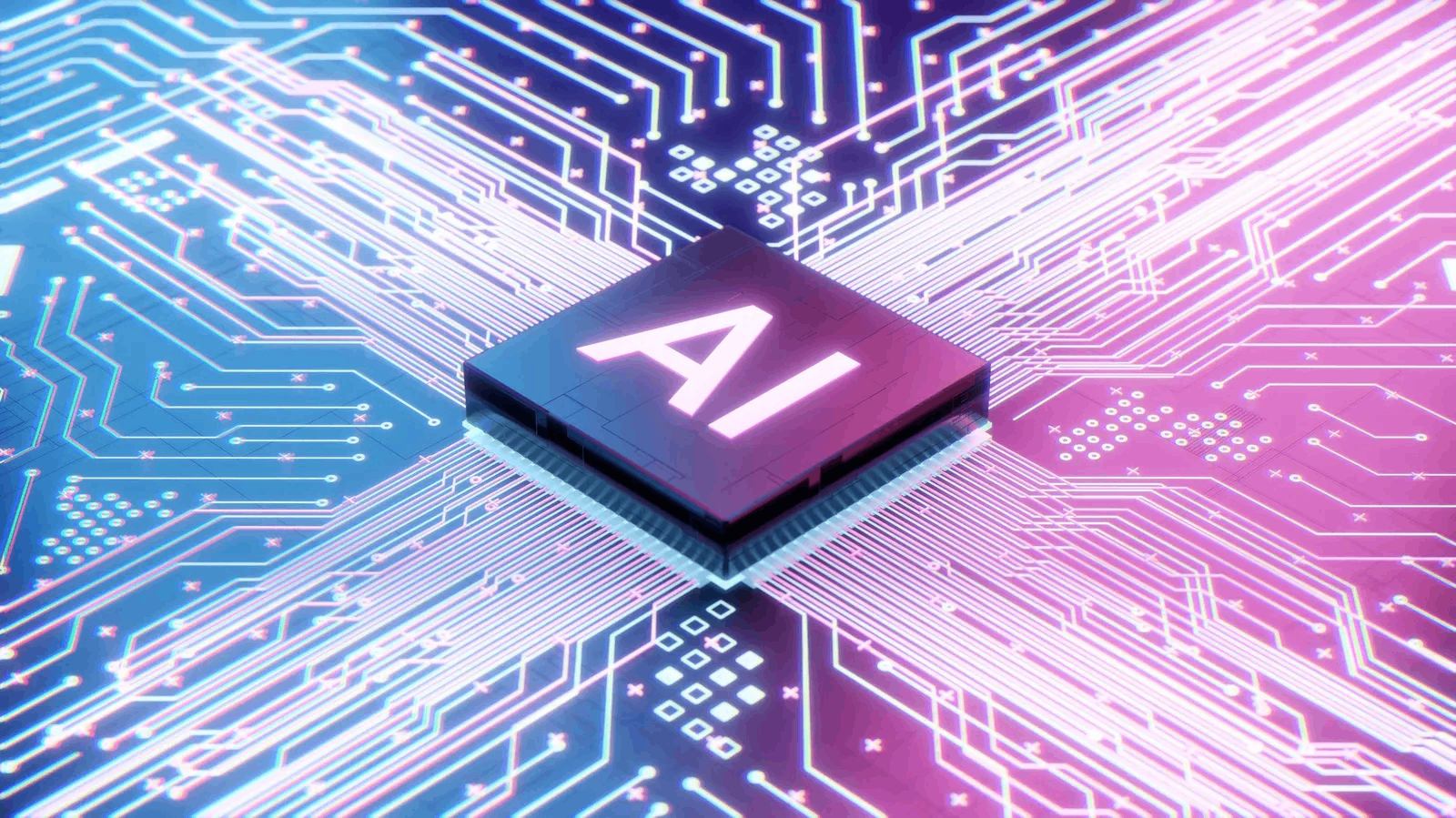Not All Companies See AI Benefits In This Earnings Season
Published fiscal second-quarter reports indicate that some companies have exceeded expectations while others have disappointed, reflecting the impact of the rise of AI on their profitability.

Since the beginning of this earnings season for U.S. stocks, not all chip companies have benefited from the artificial intelligence (AI) boom, highlighting the complexity of the semiconductor supply chain and the dominance of certain companies in different areas of the industry.
Currently, many semiconductor companies have reported their financial results for the second quarter. Some companies have exceeded expectations, while others have disappointed, reflecting the impact of the AI rise on their profitability.
The current focus on AI centers around two key terms—large language models (LLMs) and generative AI (AIGC). LLMs require substantial computing resources and data for training and support generative AI applications from companies like Google and OpenAI.
Technology giants training LLMs are still burning through substantial amounts of money. Meta has stated that its capital expenditures are expected to increase significantly by 2025 to support its AI research and product development; Microsoft reported a nearly 80% year-over-year increase in capital expenditures for the second quarter, reaching $19 billion.
As technology giants continue to increase computing resources, these expenditures have greatly boosted NVIDIA, whose graphics processing units (GPUs) have become the preferred choice for training LLMs.
NVIDIA’s competitor AMD has launched its AI chip MI300X and is beginning to see returns. AMD stated on Tuesday that it expects data center GPU revenue to exceed $4.5 billion by 2024, up from the $4 billion forecast in April. The company reported second-quarter earnings and revenue exceeding market expectations.
Chip producers and semiconductor equipment companies also appear to benefit from the AI boom. The world’s largest semiconductor manufacturer, TSMC, reported last month that its second-quarter net profit increased by more than 36% year-over-year; meanwhile, South Korea’s Samsung Electronics saw a dramatic 1,458.2% increase in operating profit for the second quarter.
At the same time, Dutch company ASML, which manufactures the photolithography machines required for the most advanced chips, reported last month that its second-quarter net orders increased by 24% year-over-year, highlighting continued high demand from top semiconductor manufacturers like TSMC.
It’s important to note that not all semiconductor companies have benefited from increased AI investment, with some companies playing a relatively minor role in the early stages of AI.
Qualcomm and Arm experienced a decline in stock prices after issuing disappointing earnings guidance. Despite both companies emphasizing their importance in AI applications, the reality is that their intersection with AI technology remains quite limited.
In fact, many companies’ chips are based on Arm’s design blueprints, and most smartphones globally use semiconductors with Arm technology. However, despite many electronics manufacturers venturing into AI smartphones, it has not fundamentally led to higher growth for chip design companies.
Most of Arm’s revenue still comes from consumer electronics rather than the high-growth data center business seen with companies like AMD and NVIDIA. Some analysts believe that Arm may benefit as more devices start adopting AI technology.
Additionally, Qualcomm’s chips are primarily used in smartphones like those from Samsung, and most of the company’s revenue still comes from phones. Similar to Arm, Qualcomm’s chips are not used in data centers needed for LLM training.
However, the company’s chips will be used in Microsoft’s upcoming AI personal computers. Thus, AI is a long-term game for Qualcomm.
Disclaimer: The views in this article are from the original Creator and do not represent the views or position of Hawk Insight. The content of the article is for reference, communication and learning only, and does not constitute investment advice. If it involves copyright issues, please contact us for deletion.